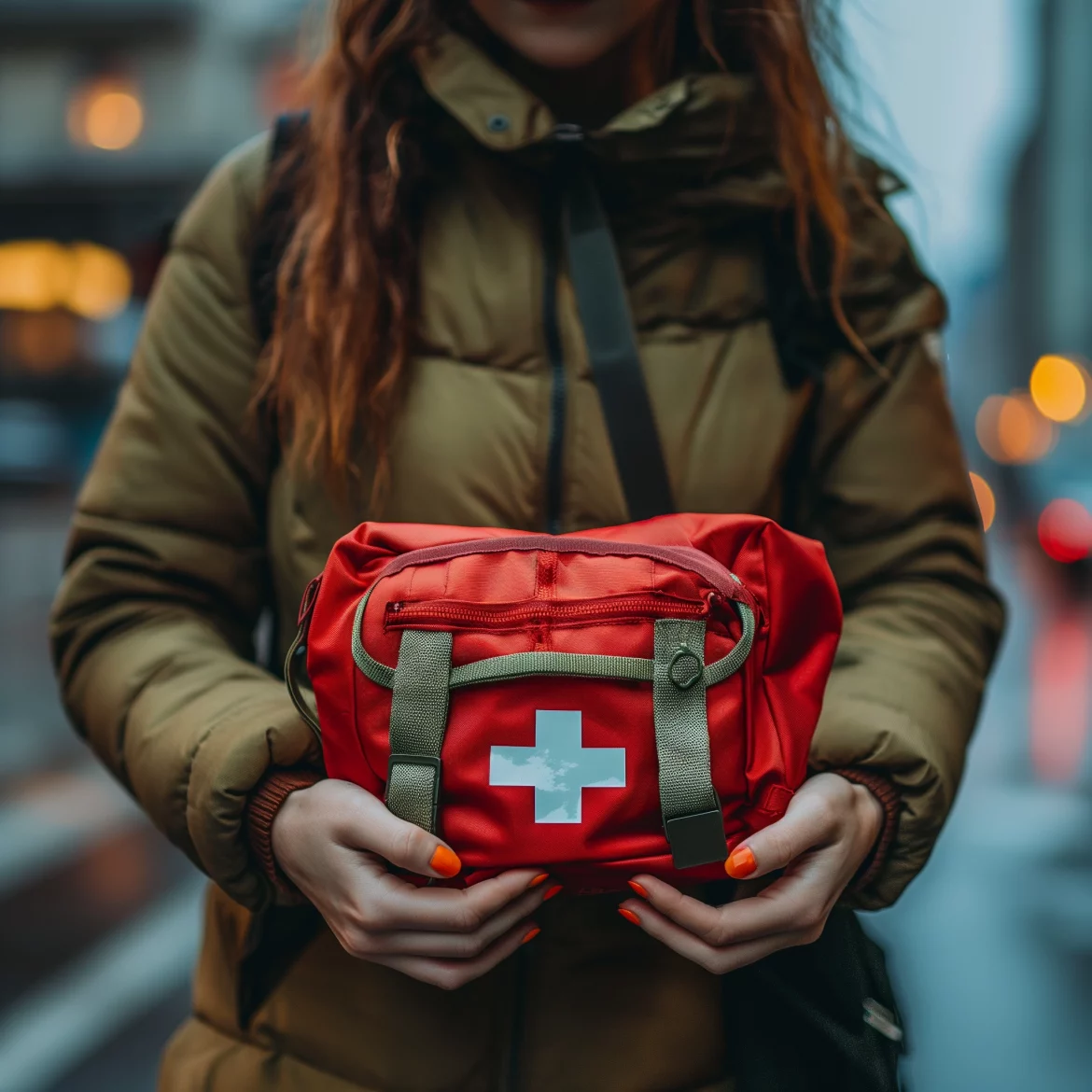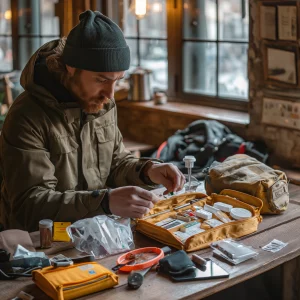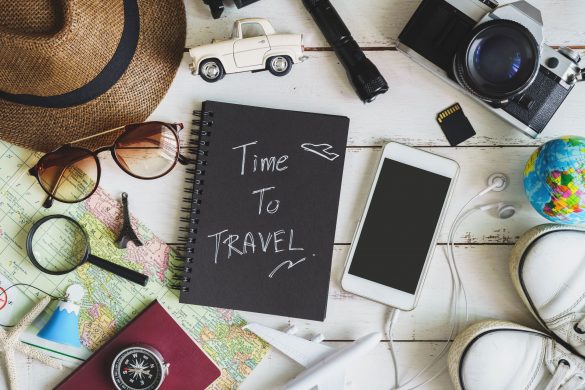When travelling for leisure, work, or exploration, the thrill of discovering new places is key. However, prioritising health and safety is essential to prevent minor health issues from becoming major obstacles.
This comprehensive resource is designed to equip British travellers for various health scenarios they might face while abroad. With its well-structured advice and thorough recommendations, it offers a layer of security, enabling travellers to fully immerse in their journeys with confidence and peace of mind.
Purpose and Preparation
At the heart of travel preparation lies the dual objective of ensuring health safety and being ready for unforeseen medical needs. A pre-travel consultation is vital, especially for those with ongoing medical conditions, to update vaccinations and refill prescriptions.
Additionally, carrying essential travel documents like health insurance and vaccination records can significantly ease interactions with healthcare providers in foreign countries. This foundational step not only mitigates the risk of illness during travel but also streamlines the process of receiving medical care if necessary.
Core Components for Routine and Emergency Care
A well-stocked travel first aid kit is indispensable, acting as the first line of defence against minor ailments and injuries. It should include:
- Antibacterial and Antiseptic Wipes; Hand Sanitizer: These are essential for maintaining hygiene and preventing infections, especially in environments where clean water and soap may not be readily available.
- Pain, Fever, and Allergy Relief: Medications such as acetaminophen, ibuprofen, aspirin, and antihistamines address common discomforts and allergic reactions, providing relief and allowing one to continue their activities without significant disruption.
- Gastrointestinal Aids: Including antacids, antinausea medications, anti-diarrhoea treatments, and laxatives ensures preparedness for common digestive issues that can arise from dietary changes or water-borne pathogens.
- Respiratory Care: Remedies for colds, coughs, and congestion, including cough suppressants and saline nasal sprays, tackle respiratory discomforts, making travel in varying climates more comfortable.
- Wound Care Tools: A selection of bandages, antibiotic ointment, gauze, and medical tape are critical for addressing minor cuts and scrapes, preventing infection and promoting healing.
- Injury Support and Skin Care: Products such as self-adhesive wraps, aloe vera gel, calamine lotion, and hydrocortisone cream offer relief and support for injuries and skin irritations, ensuring comfort and hastening recovery.
- Additional Items for Specific Conditions: Tailoring the kit with items like water purification tablets and motion sickness medication can safeguard against specific environmental risks and personal susceptibilities.
Tools like Hopkins Medicine’s advice on traveller’s first aid kits and Patient.info’s holiday first aid kit essentials are excellent references for assembling these components.
Tools and Accessories
Beyond medications and creams, practical tools and accessories form a crucial part of a travel first aid kit. Scissors (which must be checked in on flights), tweezers, and safety pins are invaluable for cutting bandages, removing splinters, or fastening items in emergencies.
A thermometer for monitoring fever, along with gloves and sterile equipment, can be lifesaving in remote areas where professional medical care may not be immediately accessible. Boots offers further insights into the essential tools and how to use them effectively.
Special Considerations
The kit must also be adaptive to the current global health landscape, including COVID-19 precautions such as face masks. Medication management is paramount, emphasising the importance of maintaining original packaging, carrying a detailed medication list, and securing a doctor’s note for prescription meds.
Special attention should be given to allergy precautions, with the inclusion of epinephrine auto-injectors for severe reactions. Moreover, protection against the sun and insects, alongside strategies for preventing dehydration and digestive troubles, addresses a broader spectrum of health considerations.
Safety and Compliance
Adhering to safety and compliance measures ensures that the travel first aid kit serves its intended purpose without causing additional health issues. This includes following dosage instructions, checking and disposing of expired medications, and securing the kit from children.
Travellers must also be aware of regulations concerning the transportation of medicines on aeroplanes and through international customs, as well as maintaining vigilance for any conditions that necessitate professional medical attention.
Customisation Based on Travel Specifics
Tailoring your first aid kit involves a careful consideration of several factors, including personal health conditions, the nature of the destination, and the activities planned. For individuals with chronic conditions such as asthma, diabetes, or heart disease, the kit should include sufficient medication for the trip’s duration plus an extra supply in case of unforeseen delays. Additionally, assessing the availability of medical facilities at the destination can guide the inclusion of more comprehensive supplies in areas where healthcare services are sparse.
Environmental exposure risks such as high altitudes, tropical climates, or areas prone to insect-borne diseases necessitate specific inclusions. For instance, travelling to high-altitude destinations might require medications to prevent altitude sickness, while trips to tropical regions might emphasise insect repellent and anti-malarial drugs. The goal is to anticipate the health risks associated with the destination and prepare accordingly, minimising the impact of these factors on one’s health and travel experience.
Resources such as Fit for Travel provide valuable guidance for this step.
Comprehensive Care Approach
Adopting a comprehensive care approach extends the concept of a first aid kit beyond physical health needs. Mental well-being is equally important, particularly when travelling, as it can be stressful and disorienting for some. Including items for stress relief, such as herbal teas or stress balls, and having emergency contacts for psychological support can be a solace in unfamiliar surroundings.
Recognising the limitations of a travel first aid kit is also crucial; it’s a tool for managing minor health issues and injuries, not a substitute for professional medical care in the case of serious conditions.
Understanding when to seek professional care is a critical aspect of travel health safety. While a well-stocked first aid kit can address many minor ailments and injuries, recognising symptoms that require medical attention is vital. Conditions that persist or worsen, symptoms of severe allergic reactions, or injuries that cannot be adequately treated with the supplies on hand are all indicators that professional medical intervention is needed.
Final Takeaways
Preparing a travel first aid kit is a multifaceted process that goes beyond simply packing a list of recommended items. It involves a thorough assessment of individual health needs, destination-specific risks, and compliance with international travel regulations.
For British travellers, this preparation is a crucial step in ensuring a safe and enjoyable travel experience. By customising their first aid kits, adopting a comprehensive care approach, and understanding safety and compliance requirements, they can navigate the complexities of travel health with ease, ready to explore the world while minimising health-related disruptions to their adventures.













